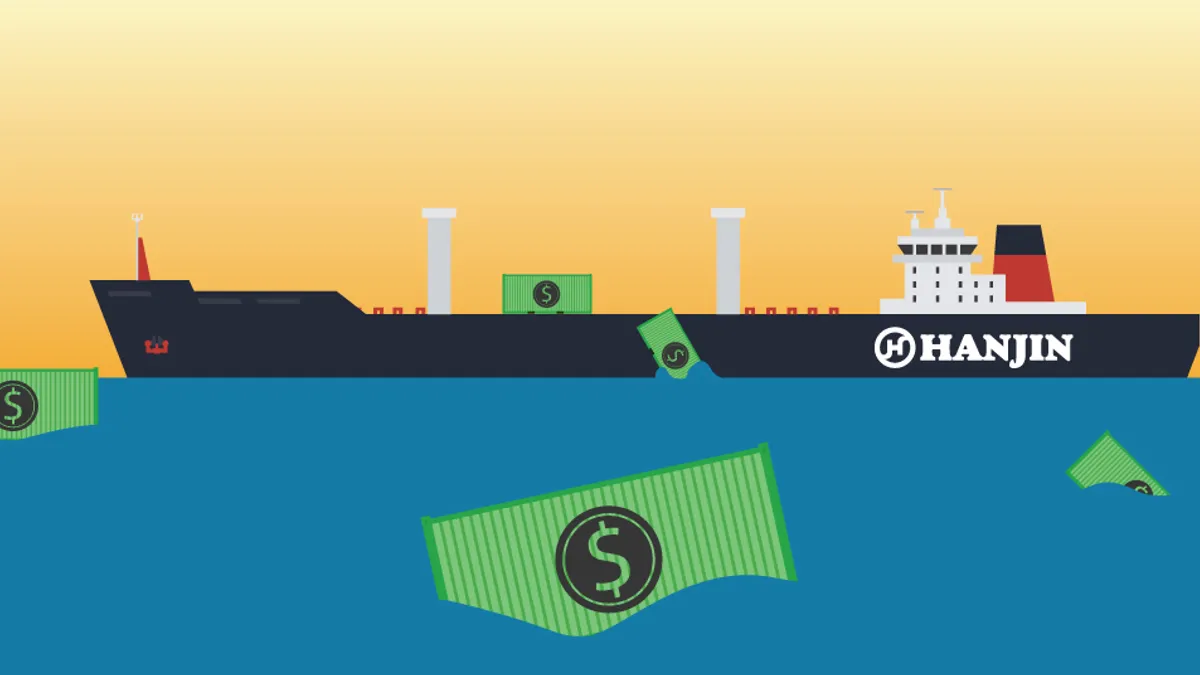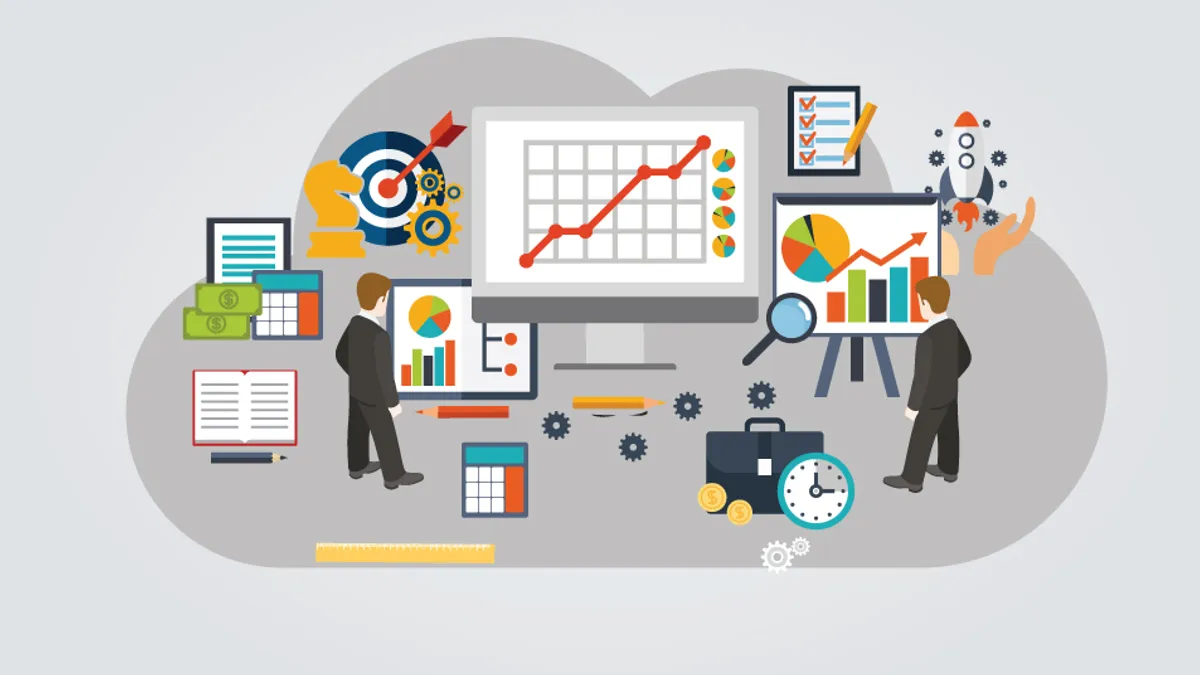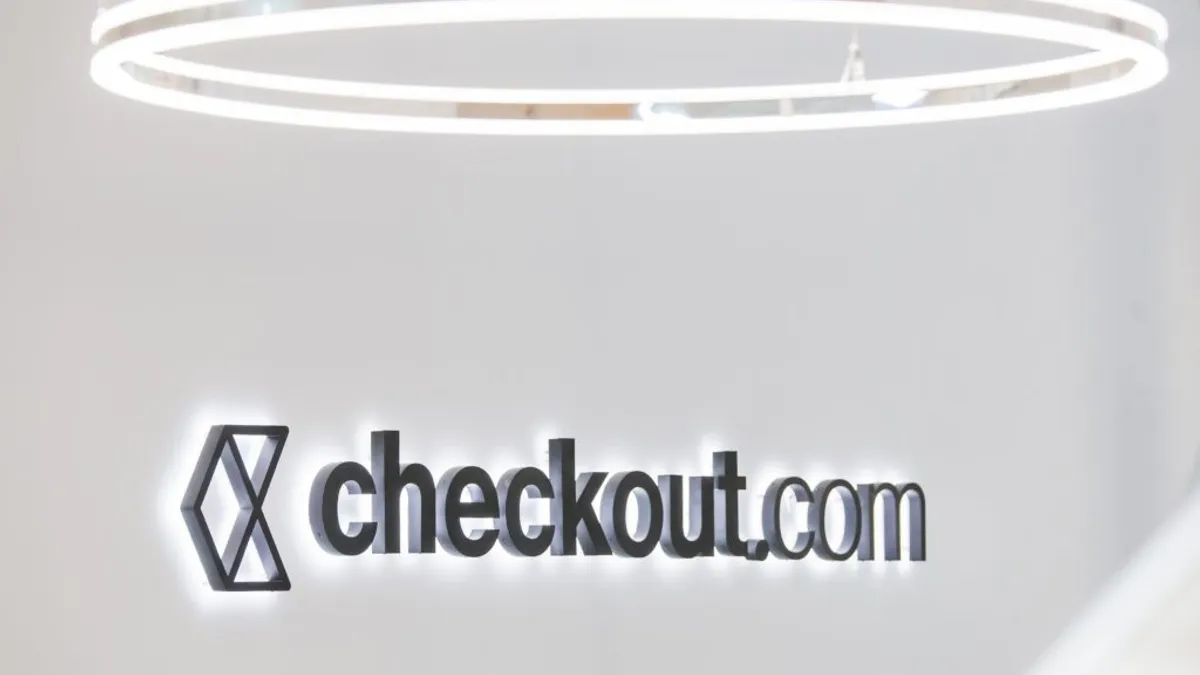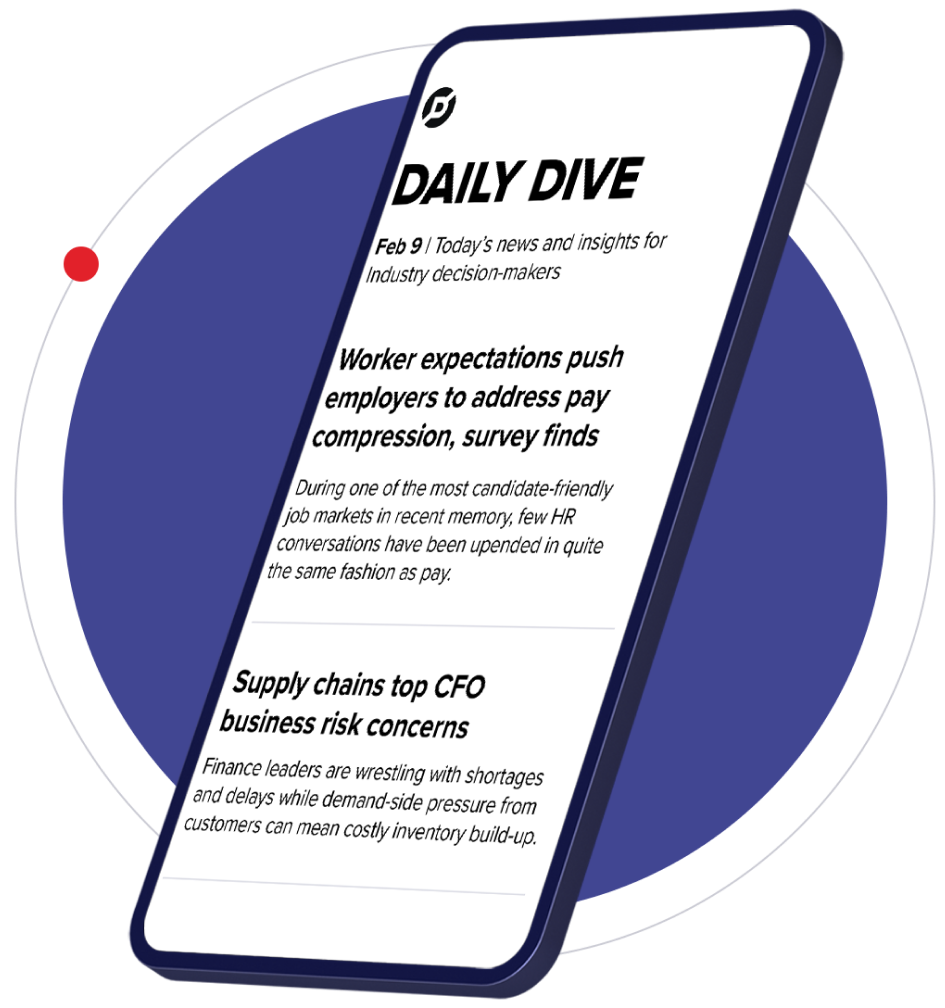Technology: Page 84
-
Deep Dive
Logistically Minded: A rising economic tide strains suppliers
But the new year's gains and optimism suggest 2017 may see still more acquisitions, particularly of logistics startups.
By Edwin Lopez • March 3, 2017 -
Report: Why Merck & Co. turned to supply chain integration to save costs
The global network behind pharmaceuticals complicates demand planning, but new technology can help reduce the industry's inefficiencies.
By Edwin Lopez • March 3, 2017 -
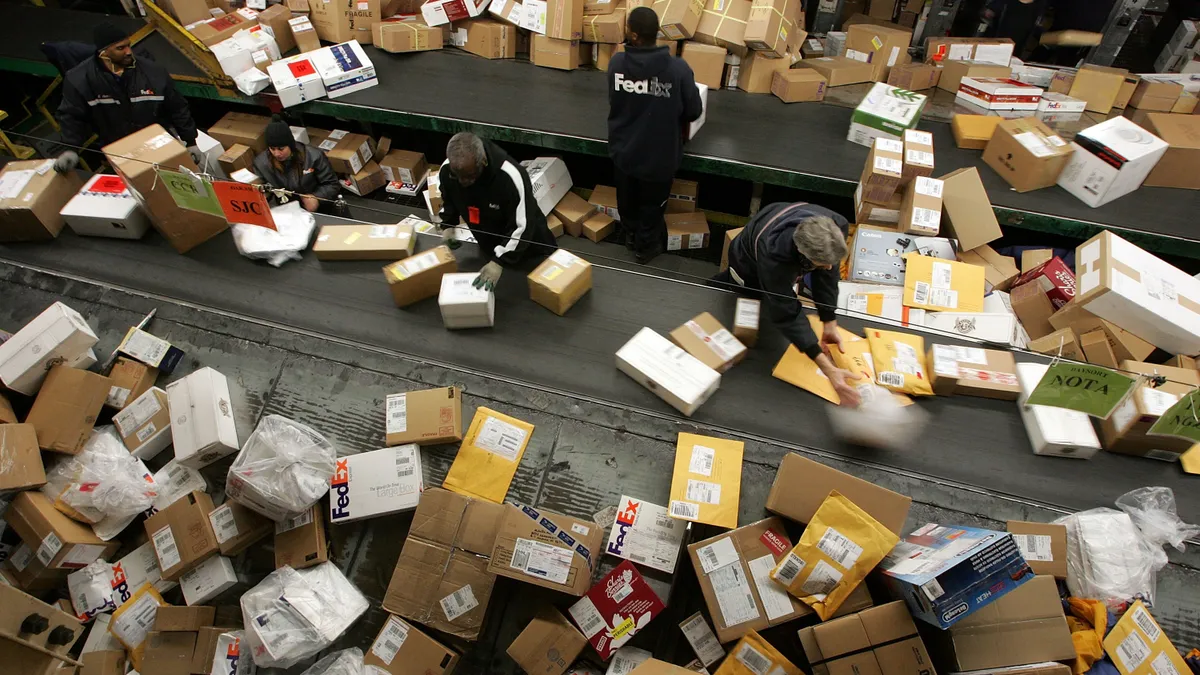 Explore the Trendline➔
Explore the Trendline➔
 Justin Sullivan via Getty Images
Justin Sullivan via Getty Images Trendline
TrendlineRetail Supply Chains
Retailers are making operational investments and adjustments to maintain supply chain resilience. Here’s how.
By Supply Chain Dive staff -
DHL adds cycle mobility to last mile urban delivery
Bicycle deliveries offer both sustainability as well as strategic mobility in dense urban areas.
By Jennifer McKevitt • March 3, 2017 -
Gap's warehouses will service both stores and e-commerce by 2018
But first, the company had to integrate its 18 inventory management systems into a single platform.
By Edwin Lopez , Jennifer McKevitt • March 2, 2017 -
Kuehne + Nagel looking to acquire after strong 2016
The global freight forwarder is looking to accelerate growth by investing in digitization and innovation.
By Jennifer McKevitt • March 2, 2017 -
Opinion
Talent wars: Why the supply chain is the new pathway to CEO
The CEOs of Lego and Apple are but a few examples of supply chain managers who have risen the ranks of their companies.
By Shariq Mansoor • March 1, 2017 -
How digitization changed the nature of supply chain management
The job is no longer just about saving pennies, but also helping drive up revenues.
By Edwin Lopez , Jennifer McKevitt • March 1, 2017 -
Choice to automate must align with production needs
New technology promises boosts in productivity and greater cost savings, but full automation may not always be the best solution.
By Jennifer McKevitt • Feb. 28, 2017 -
Freightos unveils international freight price index, competing with SCFI
The cloud-based marketplace is providing shippers a free ocean shipping benchmark to bring greater transparency to the industry.
By Jennifer McKevitt • Feb. 27, 2017 -
Deep Dive
Logistically Minded: Oil prices, inventory levels and market growth spurred freight sector's recovery
After five months of positive growth, the 18-month freight recession appears to be over, but will growth last in the face of a stronger dollar?
By Edwin Lopez • Feb. 24, 2017 -
Forwarders spend 24.4M hours a year managing carrier rates
Drewry and CargoSphere partnered to quantify the value of cloud-based freight management technology based on labor costs.
By Edwin Lopez • Feb. 24, 2017 -
New data sharing could make tracking contamination and e-commerce easier
The latest update from GS1 US aims to improve synchronization throughout the supply chain.
By Jeff Wells • Feb. 23, 2017 -
Opinion
How GDSN technology helps supply chains communicate
Data pools serve as middlemen for suppliers and retailers sharing product data.
By Edwin Lopez • Feb. 22, 2017 -
Logistical challenges slow drone delivery tech's potential
Gartner predicts delivery drones will make up only 1% of the commercial market by 2020, despite the hype.
By Jennifer McKevitt • Feb. 22, 2017 -
Survey: Hospital supply chain practices are outdated
Improvements in inventory management could help caretakers deliver better service while reducing costs.
By Edwin Lopez , Jennifer McKevitt • Feb. 21, 2017 -
Deutsche Post DHL and Huawei link up to connect logistics
The global logistics provider will deploy sensors throughout the supply chain to improve visibility and efficiency.
By Jennifer McKevitt • Feb. 17, 2017 -
Deep Dive
Logistically Minded: Hanjin's last breath
Hanjin Shipping will be officially liquidated following a protracted period of shifts for the shipping sector, but doubts linger over the industry's health.
By Edwin Lopez • Feb. 17, 2017 -
When the data is overwhelming, separate wheat from chaff
Data analytics can encompass so many metrics, humans are needed to discern the uses that are truly valuable to a company.
By Jennifer McKevitt • Feb. 15, 2017 -
Ford invests $1 billion in robotics startup in race to 2021 deadline
The startup's founders used to work for Google's Waymo, the reported leader in self-driving technology.
By Jennifer McKevitt • Feb. 15, 2017 -
Deep Dive
5 questions to ask before starting a Big Data project
The data is there, the problems are evident ... but will you have what you need to be able to solve the case?
By Edwin Lopez • Feb. 13, 2017 -
Deep Dive
What is Big Data, and why does it matter to supply chain?
Recent advances in technology have enabled supply chains to unlock the last layer of Big Data application: delivering insights through automated analysis.
By Edwin Lopez • Feb. 13, 2017 -
Deep Dive
4 trends in how supply chains are using Big Data
While each company may use data for a specific purpose, these trends dominate application projects.
By Deborah Abrams Kaplan • Feb. 13, 2017 -
Deep Dive
How do supply chains use Big Data?
Whether it's retail, logistics or manufacturing, Big Data helps supply chain managers increase efficiency, reduce risk and improve customer service.
By Edwin Lopez • Feb. 13, 2017 -
New York fashion industry seeks a revival in Brooklyn
A localized manufacturing and design base, coupled with better technology, leads to better collaboration and quicker delivery for a city rich in fashion history.
By Jennifer McKevitt • Feb. 13, 2017 -
E-commerce and global trade trigger rise in retail sales
Challenges abound in managing cross-border e-commerce, but the results can be significant.
By Jennifer McKevitt • Feb. 13, 2017


